
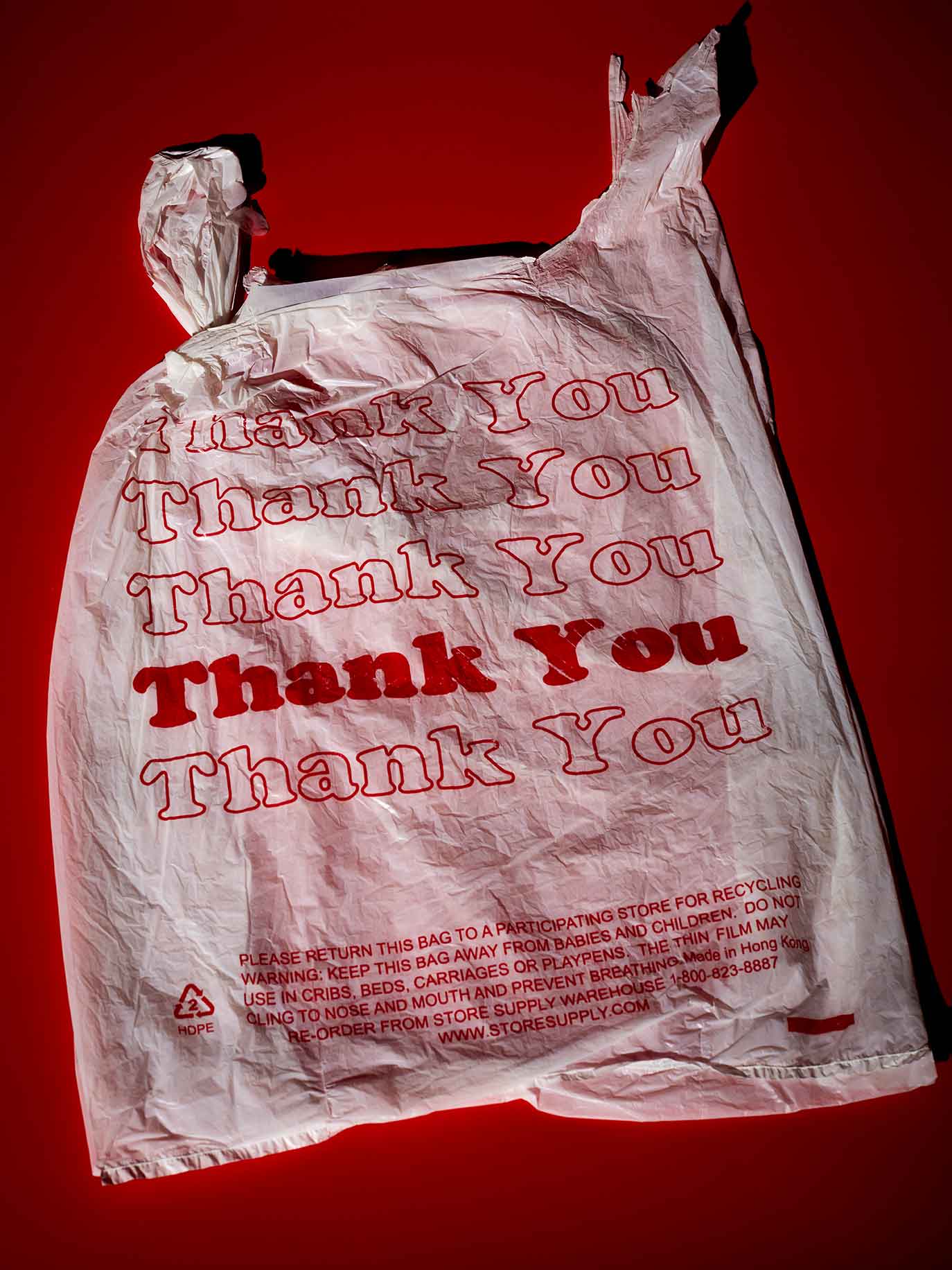
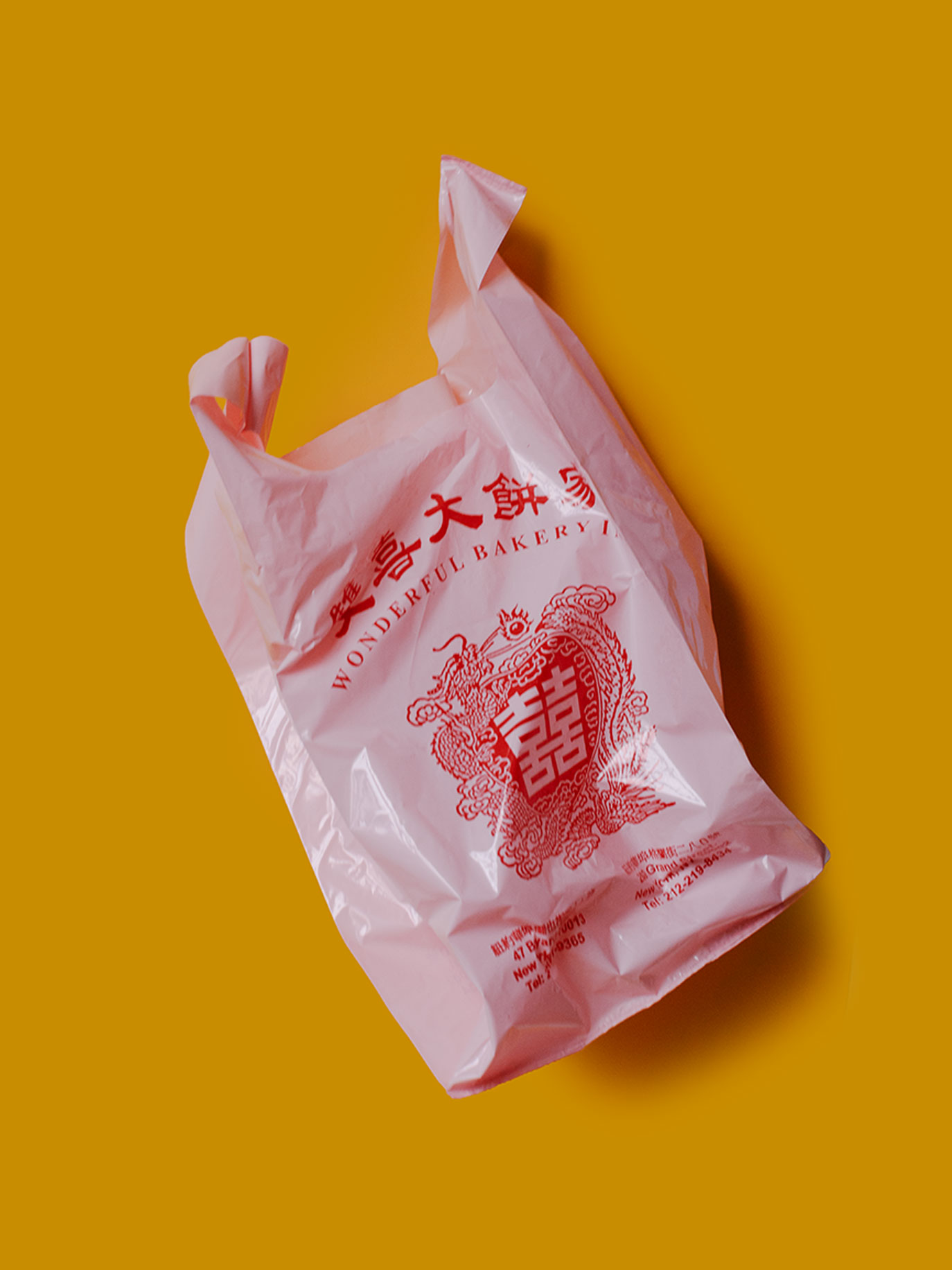
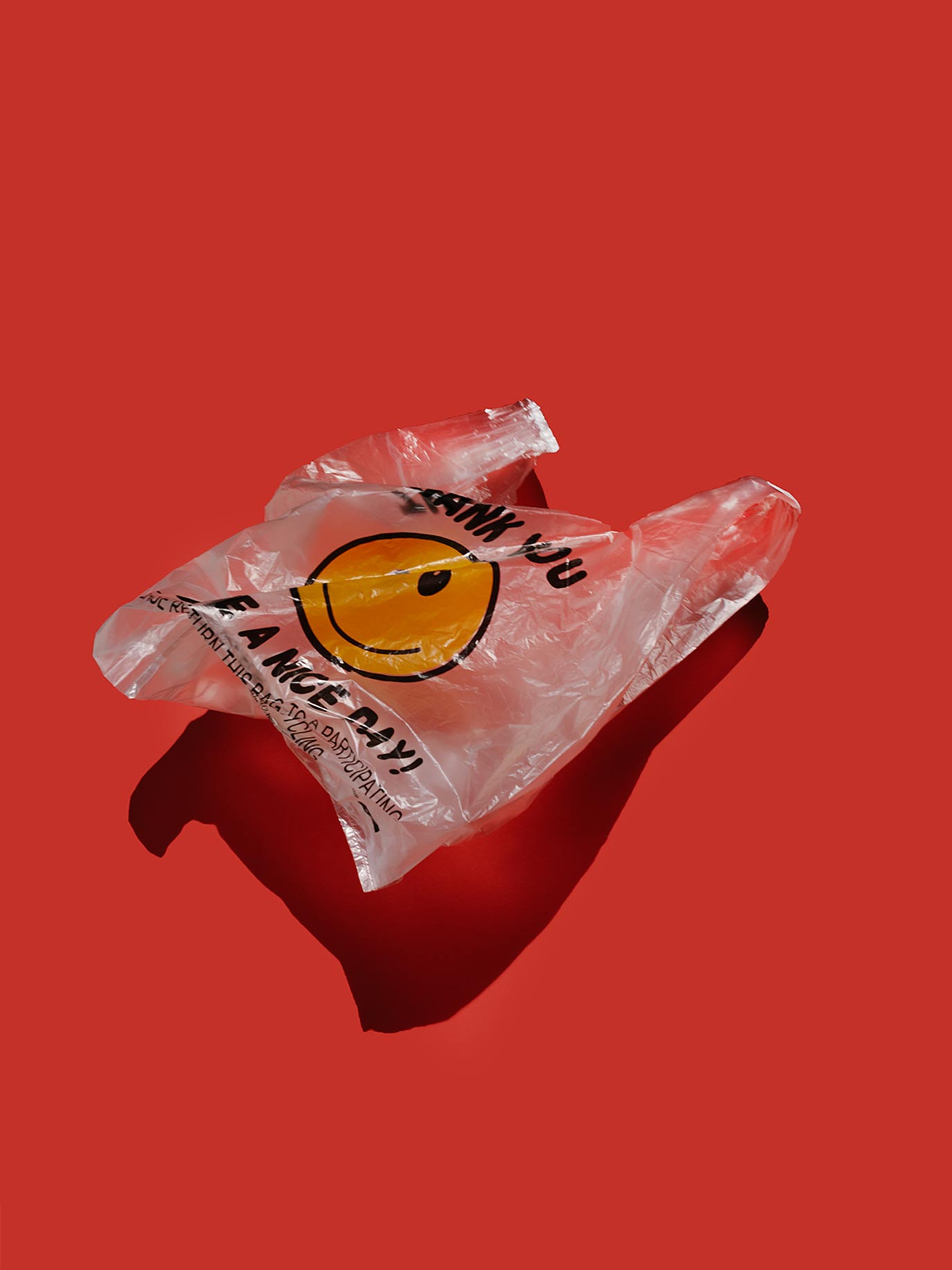




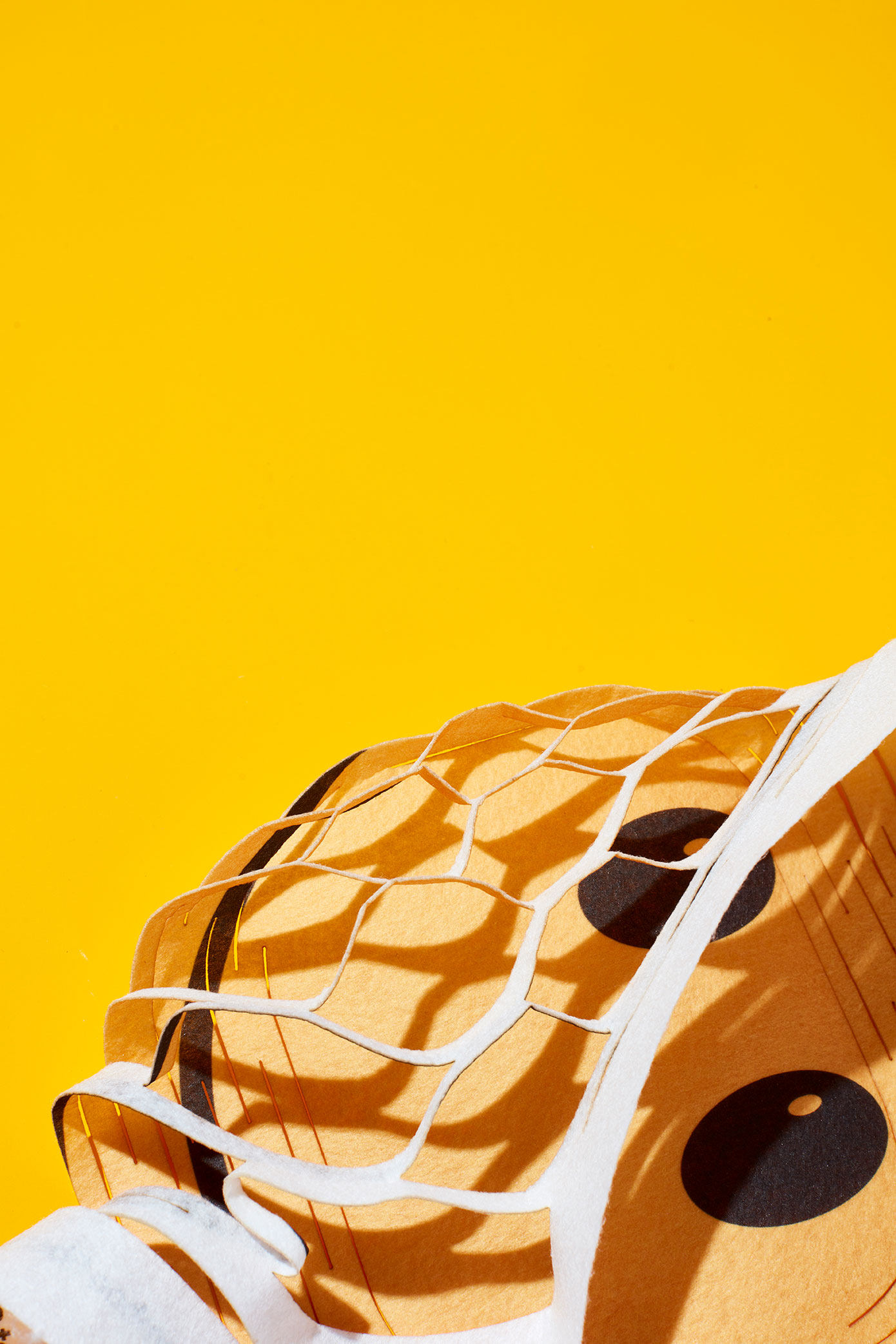

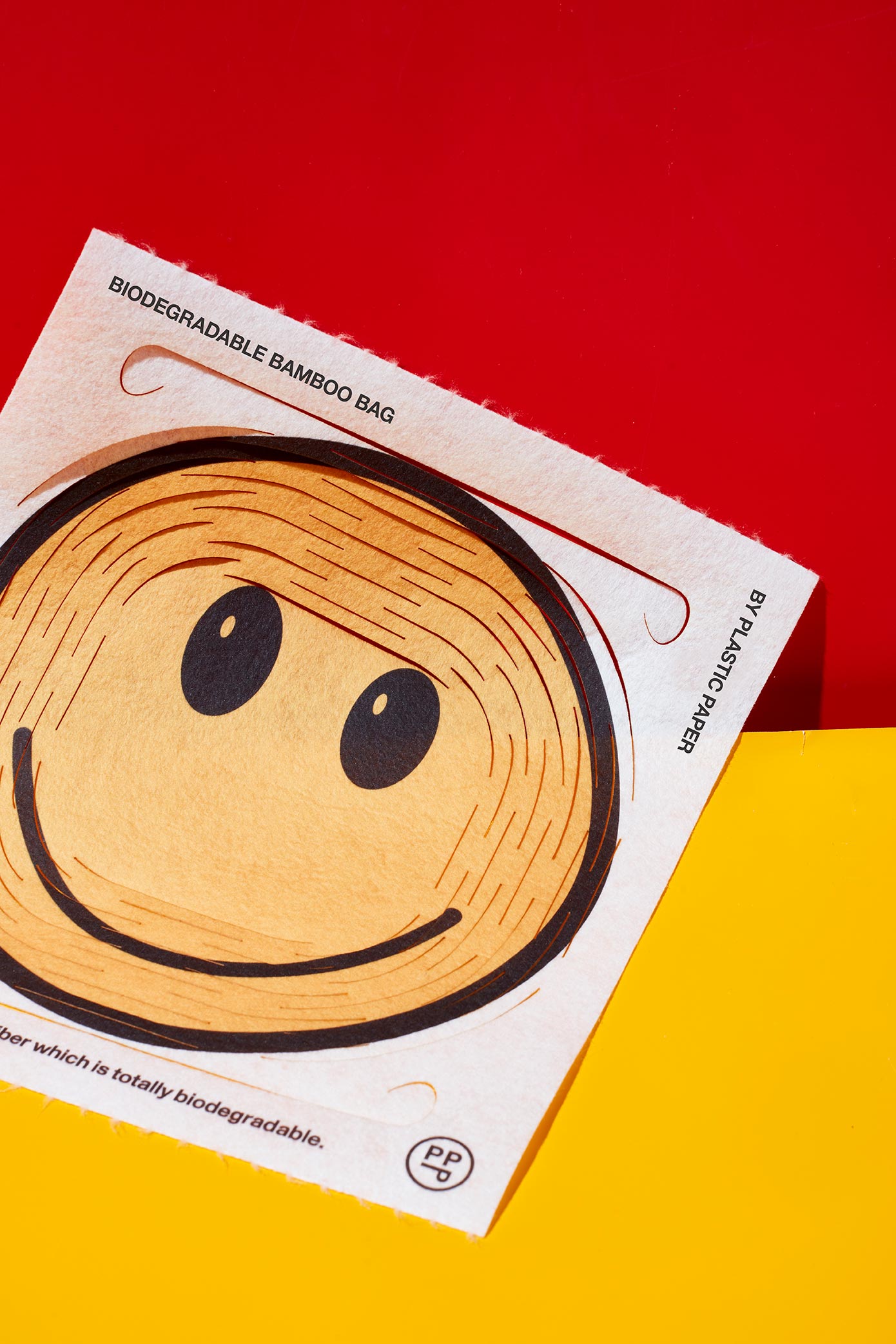

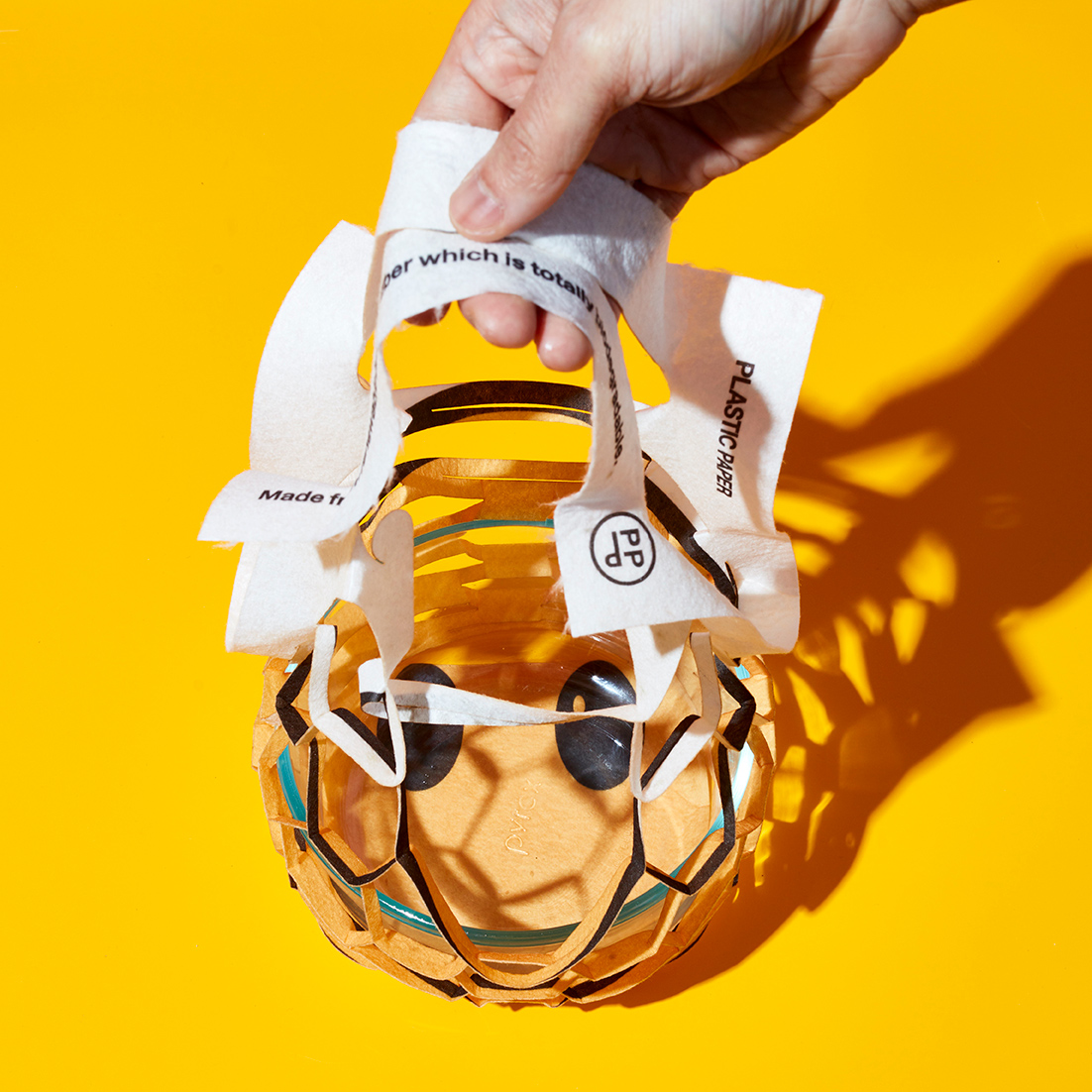
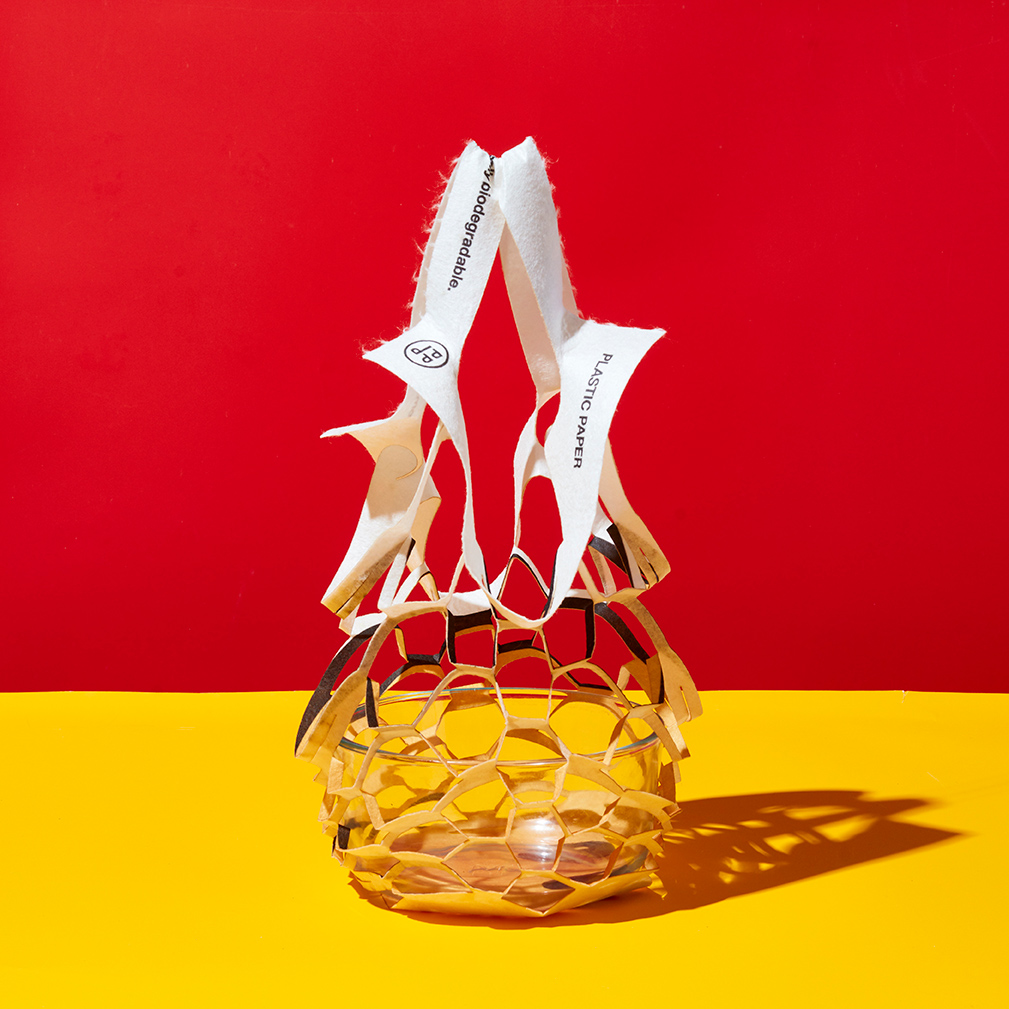

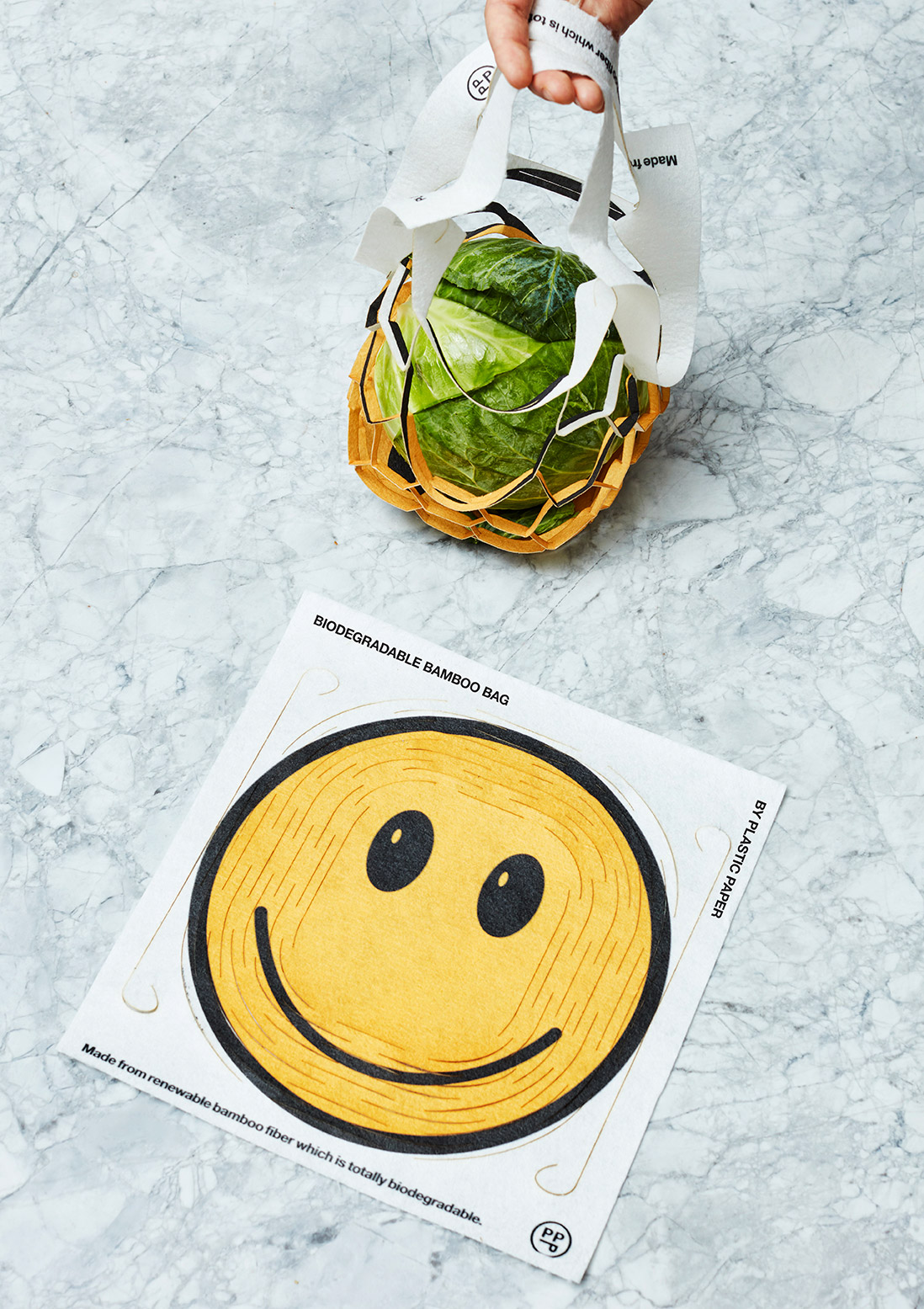








THE GENERAL VERNACULAR A CELEBRATION OF EVERYDAY DESIGN.
PLASTIC PAPER started as a book with a simple mission: celebrate the graphic design heritage of New York City while working to eliminate single-use plastic bags. Since launching the book, we’ve turned PLASTIC PAPER into a creative platform for more ambitious projects related to sustainability and design, keep our eyes on the next challenge even as we make progress toward our current goals.
One of those goals is, of course, the ban of single-use plastic bags in New York and around the world. We’re thrilled that the ban will go into effect state-wide on March 1st, 2020. But we were disappointed to discover a loophole in the ban: retailers and restaurants that serve raw or prepared foods aren’t subject to the ban, and can continue using plastic bags. That means the delis where so many of the bags in the book came from, the places we pick up ice cream after a hard day or beer before a fun night, are all exempt. But we know that both these businesses and our community want to do the right thing.
So we’re launching a new project: the BIODEGRADABLE BAMBOO BAG. It’s based on a novel design we discovered in Taiwan — which happens to lead the world in recycling rates — but recreated with renewable, sustainable bamboo fiber. It uses 70% less material than your standard paper bag, which both reduces the trees that have to be cut and the carbon emissions from transport. And while we believe that the best option is always to reuse a bag you already have or to skip a bag altogether, in the moments when we need a free hand, it’s best that we have something that’s better for the planet to fill the gap.
Stay tuned for more as we bring the BIODEGRADABLE BAMBOO BAG to the world, and be sure to join the PLASTIC PAPER community to be the first to hear about our latest projects, and more.
A NOTE ON PLASTIC
Single-use plastics are choking our planet, and especially our cities and oceans. We dream of a day when we’re finally free of any virgin, single-use plastic products. For that reason, we’re donating 100% of the proceeds — literally, every penny beyond the production cost — from this book to PARLEY and their ParleyAIR action.
We recognize that there is some irony in creating a book to memorialize objects that will linger in a landfill for thousands of years longer than the book itself. Our intent is to celebrate daily works of design, not waste. These bags were useful, and that usefulness led to their ubiquity, and they became a medium for delightful exercises in pragmatic design. We humbly offer this book as a turning point; a record that preserves a diary of daily design without placing any more stress on our planet.
I’m Sho Shibuya, founder of PLACEHOLDER, a multidisciplinary brand design studio based in Brooklyn. In 2011, I moved to New York City from Tokyo, and one of the first things I noticed were the grainy prints on thin plastic bags. They were so different from the ones that we had in Japan, where each shop has their own unique design and the bags were made from thick, durable plastic. I was struck by the ubiquity of the bags — not just the sheer number of them, but the consistency of their designs.
The difference between the bags I remembered from Tokyo and the bags I saw in New York could be attributed to a few unique beliefs common in Japanese culture. There’s a concept called “yaoyoruzu no-kami,” or “eight million gods.” It means that every single item has a god living inside: a single grain of rice, a chopstick, a drop of water, or even a plastic bag. And there’s a second concept, “mottainai,” that essentially means that we should cherish things and that even as an object ages, as long as it serves its purpose, it should be kept in use. As a kid, these values were instilled in me with stuff like hand-me-down clothing, and sticks today with my habit of hanging on to plastic bags.
This is all to say that plastic bags are not garbage to me. They are art, even though they were not originally conceived as works of art. I struggle to share this point of view, because people often react poorly, but I find joy and satisfaction any time I discover an interesting work of design. I think this is largely due to my upbringing and my belief in yaoyoruzu no-kami and mottainai, but also because of my experience as a creative director, working to create graphic brand systems. What more effective brand system is there, than one that signifies an entire city through something as simple as a print on a plastic bag?
People say that beauty is in the eye of the beholder. This must be true, because one of my most cherished pieces of art is a framed plastic bag. Art shouldn’t simply express the size of your checkbook or your fancy degree or your informed taste, it should express your history and personality and make you feel something — even if that’s something other people do not understand.
It is no secret that single-use plastic bags are choking our cities and our planet. This book is not an exercise to advocate for wasteful plastics; it is quite the opposite. It is an act of preservation of everyday design and a call to give greater care to the objects we use every day, to reuse them and waste less, and to find happiness and inspiration in the little acts of art and creativity we’d otherwise miss.
- BIODEGRADABLE
- BAMBOO BAG
- THE BOOK
- BIODEGRADABLE
- BAMBOO BAG
- THE BOOK
- SHO SHIBUYA
- Publisher
- HENRY HARGREAVES
- Photographer
- ATSUKI HIROSE
- 3DCG designer
- CHIH HSUAN HOU
- Designer
- VANESSA GRANDA
- Photographer
- COLE KENNEDY
- Copywriter
- ANNA ROBERTS
- Artist
- SHO SHIBUYA
- Publisher
- COLE KENNEDY
- Copywriter
- VANESSA GRANDA
- Photographer
- ATSUKI HIROSE
- 3DCG designer
- CHIH HSUAN HOU
- Designer
- HENRY HARGREAVES
- Photographer
- ANNA ROBERTS
- Artist
